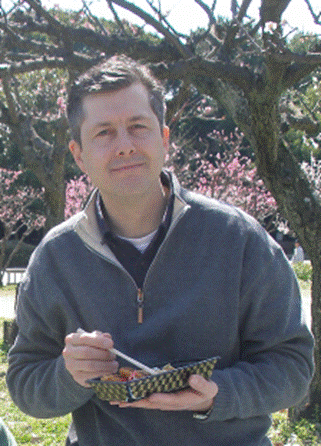Philippe de Lapérouse sees myriad investment opportunities in aquaculture.
De Lapérouse is managing director of HighQuest Partners, based in St. Louis, Missouri. Formerly an investment banker, he has more than 30 years of experience advising companies and investment strategies in food, biotech and bioenergy. He is also the chairman of the Global AgInvesting conference series, which includes annual events in New York, London, and Tokyo, and the author of a recent article in the GAI Gazette titled “Technology Plays in Aquaculture.”
While “aquaculture” tends to bring to mind large, exchange-listed fish farming companies, and while Norwegian salmon farming is the template for the industry, de Lapérouse points out that in addition to the salmon farming companies themselves, technology clusters of supporting industries have sprung up in Norway. For example, there are companies that construct the cages, produce the feed, produce vaccines and medical treatments for the fish, and manage environmental impacts. These are all possible areas for investment.
According to de Lapérouse, to date, the majority of investments in technology ventures have been in developing novel feed ingredients, as the trend is obvious and it is the biggest expense in production.
“Feeds have been considered a safe field,” he said.
Increasing scarcity of South American fishmeal and fish oil, which are the traditional feed sources for the industry, have led to replacement with soy-based feed ingredients. However, completely replacing fish proteins with plant-based proteins in feed can adversely affect fish health as well as affect their nutritional value, such as Omega-3 levels in salmon. So many companies are trying to identify and commercialize innovative ingredients derived from insects, algae, or single-cell proteins.
De Lapérouse cites as a promising area new feeds utilizing fermented soybeans. Several companies have developed proprietary formulas for processing soybean meal into fermented soy protein that is easily digested by fish. Prairie AquaTech, based in Brookings, South Dakota, is raising funds to launch commercial production of fermented soybean meal to be used in fish diets, and the Illinois Soybean Association has invested funds from the soybean check-off program to research replacing fish meal in tuna diets with soybean protein concentrates (SPC). Field trials on tuna conducted in Panama showed improved feed conversion over fish meal.
While vaccines and medical treatments are also a promising field, de Lapérouse predicted that innovation in this field will be led by the major pharmaceutical companies rather than by start-ups, and thus it does not offer the early-stage investment opportunities of some other aquaculture-related fields.
Gene editing also holds promise for the aquaculture sector. AquaBounty Technologies, Inc., based in Maynard, Massachusetts, but with operations in Prince Edward Island, Canada, has received permission from the U.S. Food and Drug Administration (FDA) to produce and commercialize genetically modified Atlantic salmon that will reduce the time required to raise the fish for market from three years to 18 months. However, the product may face the hurdle of convincing skeptical retailers and consumers to try the product.
De Lapérouse said that same-species gene editing is an area that may be more warmly received. For example, genes for various excellent traits might be identified in various individuals and spliced into a single animal for faster genetic improvement.
Two other areas not usually considered as seafood-related, but which will have a big impact, are e-commerce and logistics. Home delivery of seafood ordered via the internet is very popular in China, while the U.S. lags in this marketing channel. Traceability, and promoting the source and production method are very important in appealing to online customers, and the computerization of transactions facilitates the gathering of data and the ability to track it.
As aquaculture is still in an early stage of growth compared to other food animal production, there are many areas available for investment: health, nutrition, production technology, waste management, breeding and genetics, and value-added processing and machinery. But early-stage investing is not for the faint of heart, technology ventures serving the aquaculture sector will need patient capital providers, not those looking for a quick turnaround, according to de Lapérouse. Venture capital funds tend to have very short time horizons, sometimes just a few years, de Lapérouse said.
“Family offices, sovereign wealth funds, and endowments would be well-suited to consider investing in early-stage companies in the aquaculture sector, whereas pension funds and life-insurance companies would be well suited to allocate capital to mature-stage investments in the sector which are in the growth stage,” he told SeafoodSource.
De Lapérouse predicted that at a certain stage, companies involved in catching and processing wild fish will make strategic purchases in aquaculture to ensure steady supply. This will then offer an opportunity for early-stage investors to cash out.
He was also upbeat about the prospects for land-based aquaculture, despite its generally higher operation costs. He said that these can be offset by citing production near consumption areas, sharply reducing transportation costs, which are often significant. In addition, the controlled environment can aid in eliminating biohazards and allow production of an organic product.






